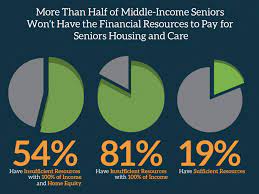Older adults can save tens of thousands of dollars annually by choosing assisted living communities over aging in place in their homes.
Unlike point solutions, Inspiren unifies resident safety, care planning, staffing, and emergency response into a single AI-powered platform.
An artificial intelligence-powered virtual assistant platform for senior living and care providers.

 The 2024 survey is out – some might say it is positive about tech adoption. Older adults (age 50+)
The 2024 survey is out – some might say it is positive about tech adoption. Older adults (age 50+)  The pace of innovation in tech for older adults accelerated in 2023. New product announcements,
The pace of innovation in tech for older adults accelerated in 2023. New product announcements, 
 back for some. You probably think the inevitability of tech change is mostly positive. And in a macro sense, maybe it is. But for some older adults, it’s one negative experience after another. The
back for some. You probably think the inevitability of tech change is mostly positive. And in a macro sense, maybe it is. But for some older adults, it’s one negative experience after another. The